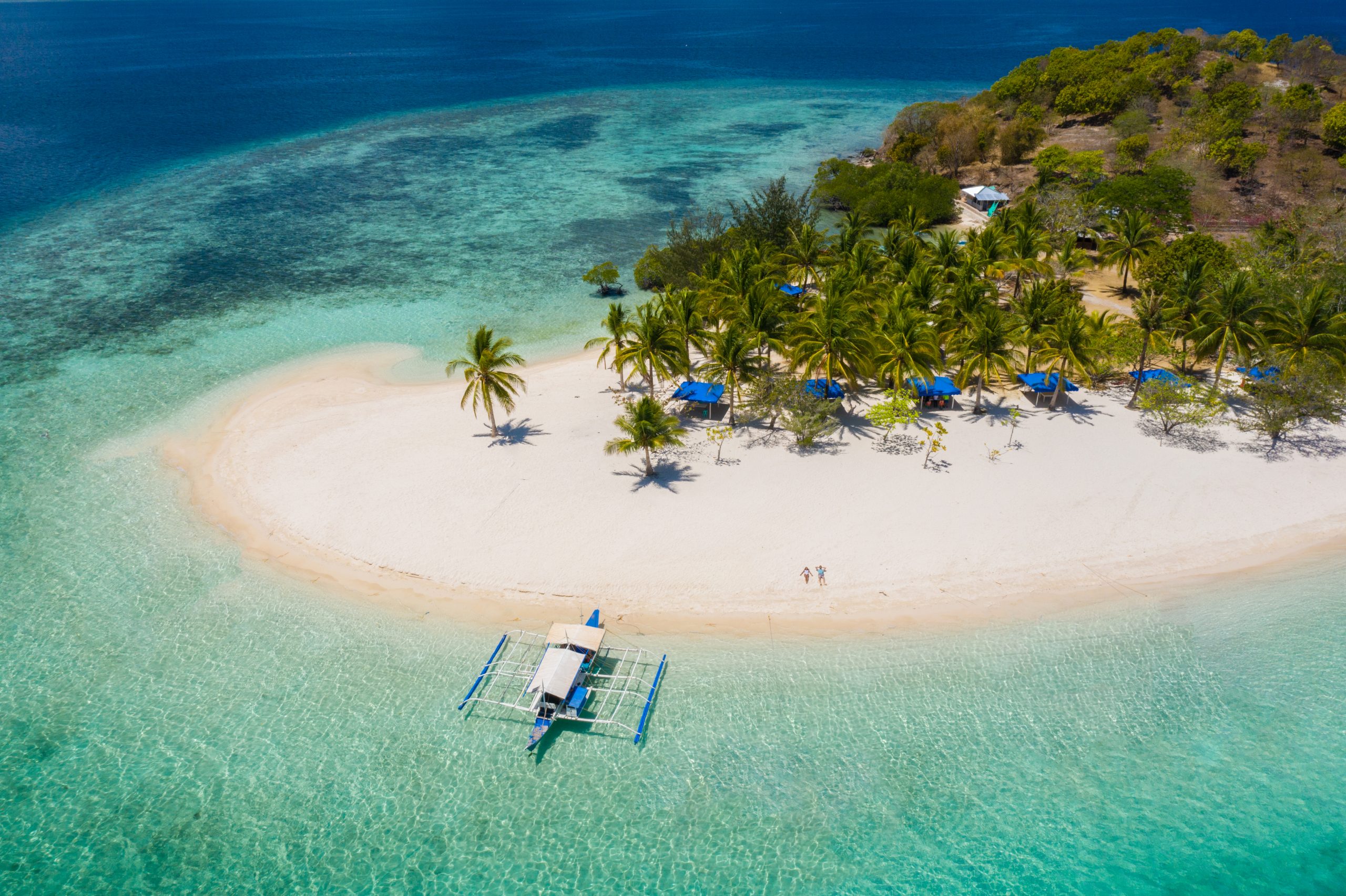Only 15% of Coastal Regions Around the World Remain Intact
دراسة تظهر أن 15 بالمئة فقط من المناطق الساحلية في العالم “سليمة بيئيا”
scitechdaily
New research has revealed that only 15 percent of coastal areas around the world remain intact, exposing the need for urgent coastal rehabilitation and conservation on a global scale.
The University of Queensland-led international study mapped the impact of human-caused pressures on coastal regions to identify those that are already highly degraded, and those that remain intact.
Brooke Williams, from UQ’s School of Earth and Environmental Sciences, said the findings, which have been compiled into a free and useable dataset, provide valuable insights into humanity’s widespread impacts on Earth’s precious coastal ecosystems.
“Coastal regions contain high levels of biodiversity and are relied upon by millions of people for ecosystem services such as food and storm protection,” Ms. Williams said.
“Our results show that we need to act quickly and decisively if we hope to conserve those coastal regions that remain intact, and restore those that are heavily degraded, especially if we’re going to mitigate the effects of climate change.
“The rate at which these regions are degrading poses massive threats to not only coastal species and habitats, but also to the health, safety and economic security of countless people who live or rely on coastal regions around the world.”
The research team discovered that, of the 15.5 percent of coastal areas that remain intact as of 2013, Canada was responsible for the largest expanse of coastal region that stood intact.
“Other large expanses are located in Russia, Greenland, Chile, Australia, and the United States,” Ms. Williams said.
“Coastal regions containing seagrasses, savannah, and coral reefs had the highest levels of human pressure compared to other coastal ecosystems.”
UQ’s Dr. Amelia Wenger, a collaborator of the research, said the collaborative research approach, which involved looking at two datasets – one, which focused on human impacts on land, and the other which observed human impacts from a marine perspective – offered a clear vision about what the next steps should be.
“While we already knew how important it is to protect biodiversity and ecosystem services in these coastal regions, being able to clearly see how rapidly and how far this degradation has spread, is truly eye-opening,” Dr. Wenger said.
“Understanding why coastal ecosystems are under pressure can help us design and implement more targeted management strategies, and hopefully slow this degradation down and even turn it around.
“We’re urging governments and custodians of these environments to proactively conserve the valuable remaining intact coastal regions that they are responsible for, while restoring those that are degraded.
“We think our dataset will be a vital tool in achieving that ambition, which is why we’re making it publicly available and free to use.”
قنا
كانبرا: أظهرت دراسة أسترالية حديثة أن 15.5 بالمئة فقط من المناطق الساحلية في العالم لا تزال “سليمة بيئيا”، داعية إلى “اتخاذ تدابير عاجلة لحماية ما تبقى، واستعادة المناطق المتدهورة”.
واستندت الدراسة، التي أجراها باحثون بجامعة “كوينزلاند” في أستراليا، على بيانات من الأقمار الاصطناعية، لفحص “مدى تعدي الأنشطة البشرية” على السواحل في جميع أنحاء العالم.
ووجد الباحثون أنه حتى عام 2013، وهو آخر عام توفرت عنه البيانات لهم، لم يبق سوى عدد قليل من السواحل السليمة، حتى أن مناطق نائية مثل منطقة “كيمبرلي” في غرب أستراليا، تأثرت بعمليات الصيد والتعدين.
وأشارت الدراسة إلى أن الكثير من المناطق الساحلية التي لم تتضرر بسبب صيد الأسماك أو الزراعة والتنمية الحضرية والتعدين وإنشاء الطرق، كانت غالبا في كندا وروسيا وغرينلاند وتشيلي وأستراليا والولايات المتحدة. ولفتت إلى أن هناك عددا قليلا جدا من المناطق السليمة، وغالبا مستويات عالية من التدهور في الدول الجزرية، ومعظم أوروبا، ودول أخرى مثل فيتنام والهند وسنغافورة.
ووفقا للدراسة فإن المناطق الساحلية التي تحتوي على الأعشاب البحرية والسافانا والشعاب المرجانية، سجلت فيها أعلى مستويات من الضغط البشري.
وقالت بروك ويليامز، المؤلفة الرئيسية للدراسة، وعالمة البيئة في الجامعة “نظرا لأن معظم سكان العالم يعيشون في المناطق الساحلية، فإن الضغوط على تلك النظم البيئية يمكن أن تتخذ أشكالا عديدة في البر والبحر”.
وأضافت ويليامز “أن الوضع بالتأكيد لم يتحسن منذ 2013، والمناطق التي لا تزال سليمة إلى حد كبير، كانت في الغالب أكثر بعدا، وبالتالي يصعب الوصول إليها”.




